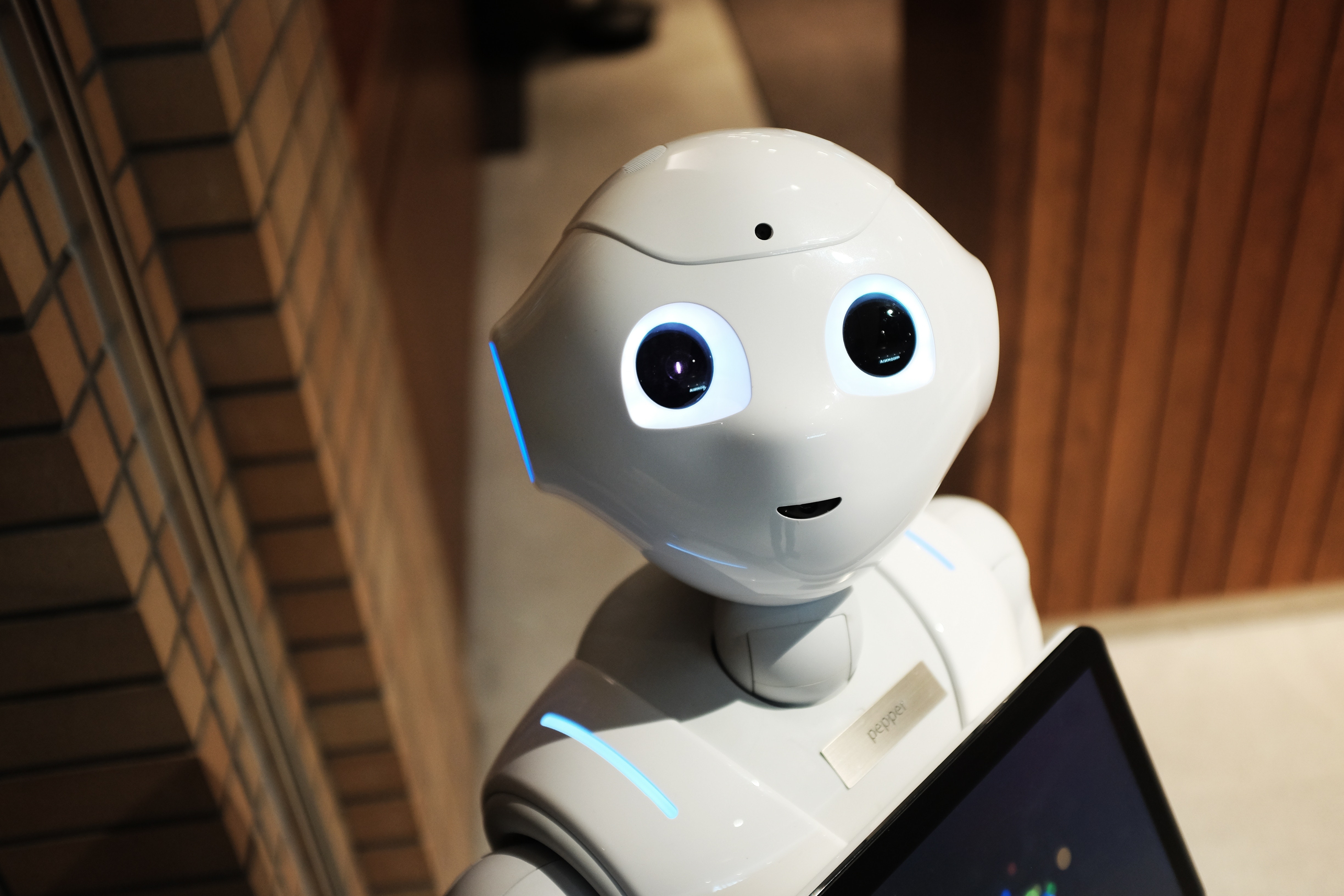
From machine-assisted tax preparation, to home automation, surgical AI, and all points in between, activity in the field of artificial intelligence is blossoming.
What is artificial intelligence?
Different concepts of artificial intelligence have been around for millennia¹. Most recently, artificial intelligence (AI) refers a machine mimicking cognitive functions typically associated with human thinking (such as “learning” and “problem solving”)².
Why now?
In the 1990’s and early 2000’s, much of the artificial intelligence research and development was in computer processing and robotics. You may recall the defeat of chess champion Garry Kasporov by IBM’s Deep Blue Supercomputer in 1997. Another example is the Defense Advanced Research Projects Agency (DARPA) autonomous vehicle challenge competition that started in 2004.
Google Search Trends demonstrate the direction AI is moving in recent years. Artificial intelligence as a search term has tapered off since 2004, but it is re-emerging from the intersection of other technological advancements. To name a few: big data (large data sets), internet of things (interconnection to a multitude of devices), and cloud computing (shared computer processing resources).
Advancements in these areas drive changes in how data is collected, processed, and analyzed. The goal is ultimately converting data into actionable conclusions. These advancements have connected devices of all types and gathered data from ensuing activity at an unprecedented and disruptive scale.
Considering that robots are already doing surgery, one might be able to contemplate the seemingly endless possibilities for artificial intelligence applications. In 2017, on a large scale, IBM and H&R Block are reaching out to millions interested in using Watson’s cognitive computing technology to identify every tax deduction.
Artificial Intelligence Patents
Data on AI patents shows that there has been a noticeable uptick of filings and grants in artificial intelligence starting in 2011.
Worldwide Applications and Grants for Artificial Intelligence for the Past 20 Years

More specifically, artificial intelligence intellectual property appears to be centered geographically around China, with the U.S. and other countries maintaining filing and grant rates similar to those seen before the 2008 financial crash.
Geographic: Top countries Artificial Intelligence Applications and Grants: 1997-2017

Source: ktMINE
Who are the big holders of artificial intelligence intellectual property?
Unsurprisingly, the top AI patent holders reflect the geographic chart above. Joining IBM and Microsoft in the top 15 AI patent holders is a strong Chinese contingent (Including individual Zongcheng Li, and entities State Grid Corp, Zhejiang University, Baidu, and Beijing University of Technology) that reflects China’s explosion into the area of artificial intelligence.
Top 15 Artificial Intelligence Patent Owners (holding 929 of 6638 assets)*
What’s next?
Artificial intelligence applications so far range from Air Transportation to Finance, Pharmaceuticals, Petroleum, and countless others. What is not clear (yet) is if the development of artificial intelligence is being effectively steered by any particular industry, or if it can be steered at all. In any case, the potential advantages that AI offers will continue to attract research and development resources that will fight to harness its capabilities. Much like smartphone technology did in the 2000’s, AI is likely to usher in a tremendous wave innovation that will result in new life-changing products.
¹ J. Douglas Bruce relates a story from Greek Mythology of Talus, an automaton made of brass, given to Europa by Zeus to guard Crete, “Human Automata in Classical Tradition and Mediaeval Romance“, Modern Philology 10.4 (April 1913, pp. 511–526)
² Russell, Stuart J.; Norvig, Peter, “Artificial Intelligence: A Modern Approach (3rd ed.)”, Pearson Education, Prentice Hall, p1 (2010).




